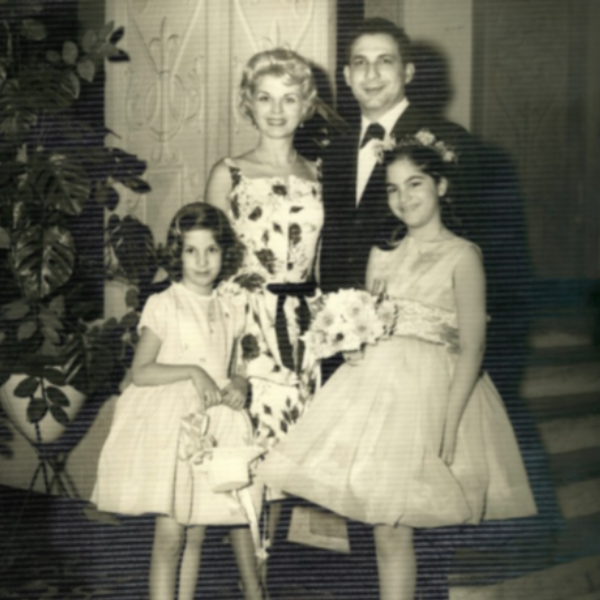by Meredith Leigh
A decade ago, my oldest son, Henry, was a vibrant twenty-one-year-old junior at UW-Madison, studying economics and creative writing. In his spare time, he was the pulse behind a band known as Phantom Vibration and a charismatic DJ at the campus radio station, WSUM, hosting a show called “The Grooving Tree.”
Over spring break, Henry decided to spend time with me in Saint Paul. He returned to school, and just six days later, the world as we knew it would never be the same.

Henry sent me a text that his roommates had rushed him to the emergency room with a temperature of 104 degrees. The doctor at the ER ruled out pneumonia, and even though Henry wasn’t coughing, they suspected it was the flu. They sent him home with the advice to return if things worsened. Unfortunately, no one caught the signs and symptoms of bacterial meningitis or how sick Henry really was.
Warning Signs of Meningitis
The following night, Henry experienced right-sided numbness, garbled speech, and cloudy thoughts. Despite being confused, he mustered the strength to walk himself back to the ER at 3 AM. Soon thereafter, the doctor believed that Henry was having a stroke. I inquired about his fever from the previous evening, but my concerns were dismissed.
He complained of an excruciating headache and was given Demerol, a strong narcotic pain reliever. Less than an hour later, his right-sided weakness seemed to resolve, and the doctor thought that his diagnosis was most likely a cluster migraine. But at 4:30 in the morning, I heard Henry’s voice over the phone. He confessed to having the worst headache of his life, coupled with nausea. I told him I was on my way to Madison.
With his grandparents by my side, we embarked on that harrowing drive at 7 AM. Then came the call that changed everything––Henry had a seizure, and meningitis was suspected. Antibiotics were initiated, but at 7:30 AM, it was too late.
In the realm of meningitis, minutes are worth their weight in gold. Three misdiagnoses in thirty hours had a devastating outcome for my son, Henry.

How to Prevent Meningitis B
As we reached the hospital, I discovered my son in the ICU on a ventilator. He never woke up. Two agonizing days later, he was declared brain dead. My precious son, Henry, became an organ donor.
Henry’s sudden death has changed my life forever. I couldn’t believe he had died from bacterial meningitis. A few days later, the Wisconsin Health Department told me that it was meningitis serogroup B. At the time, the only meningitis vaccine in the US covered strains ACWY. Henry couldn’t have been protected.
Fortunately, the MenB vaccine became available in the US in October 2014, so other families won’t have to experience the impact of this devastating disease.
Today, I stand as an advocate with the Meningitis B Action Project. Meningitis may be rare, but we must raise awareness about not only the two different types of available vaccines (MenACWY and MenB) but also the signs and symptoms of this ruthless disease. Meningitis strikes like a lightning bolt, with a 10% fatality rate and countless survivors bearing lifelong scars, from limb loss to hearing impairment and brain damage.

I don’t wish this agonizing journey upon any other family. No parent should have to bury their child. Please ensure you or your loved ones aged 16-23 are vaccinated against bacterial meningitis and as protected as possible by receiving both the MenACWY and MenB vaccines.
Meredith Leigh is a mom and a pharmacist. She lives in St Paul, MN, near her surviving son and daughter in law. To learn more about how meningitis can be prevented, we encourage you to visit meningitisbactionproject.org.
Meredith’s story, like all others on this blog, was a voluntary submission. If you want to help make a difference, submit your own post by emailing us through our contact form. We depend on real people like you sharing experience to protect others from misinformation.



